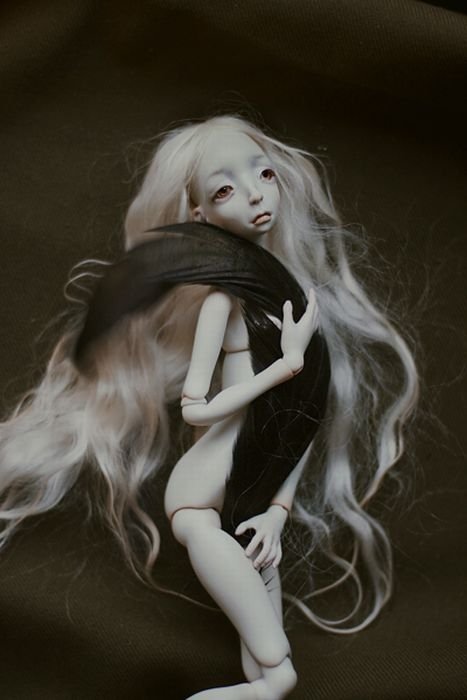|
|
Porcelain Children
|
The composition of porcelain is highly variable, but the clay mineral kaolinite is often a significant component. Other materials can include feldspar, ball clay, glass, bone ash, steatite, quartz, petuntse and alabaster.
The clays used are often described as being long or short, depending on their plasticity. Long clays are cohesive (sticky) and have high plasticity; short clays are less cohesive and have lower plasticity. In soil mechanics, plasticity is determined by measuring the increase in content of water required to change a clay from a solid state bordering on the plastic, to a plastic state bordering on the liquid, though the term is also used less formally to describe the facility with which a clay may be worked. Clays used for porcelain are generally of lower plasticity and are shorter than many other pottery clays. They wet very quickly, meaning that small changes in the content of water can produce large changes in workability. Thus, the range of water content within which these clays can be worked is very narrow and the loss or gain of water during storage and throwing or forming must be carefully controlled to keep the clay from becoming too wet or too dry to manipulate.
|
|









